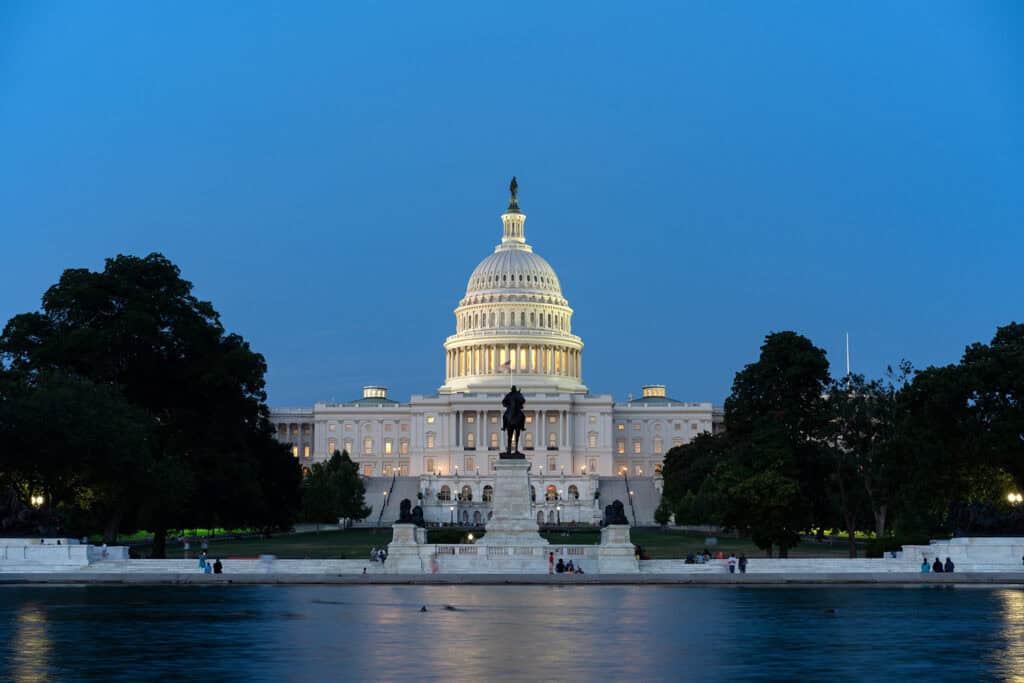
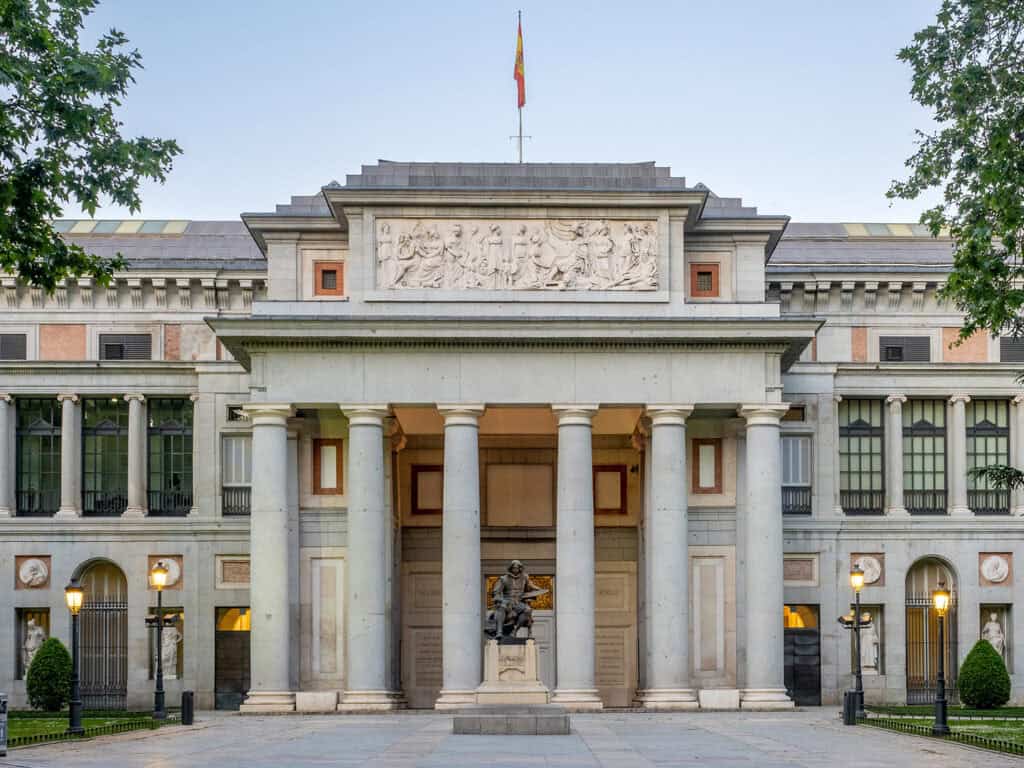
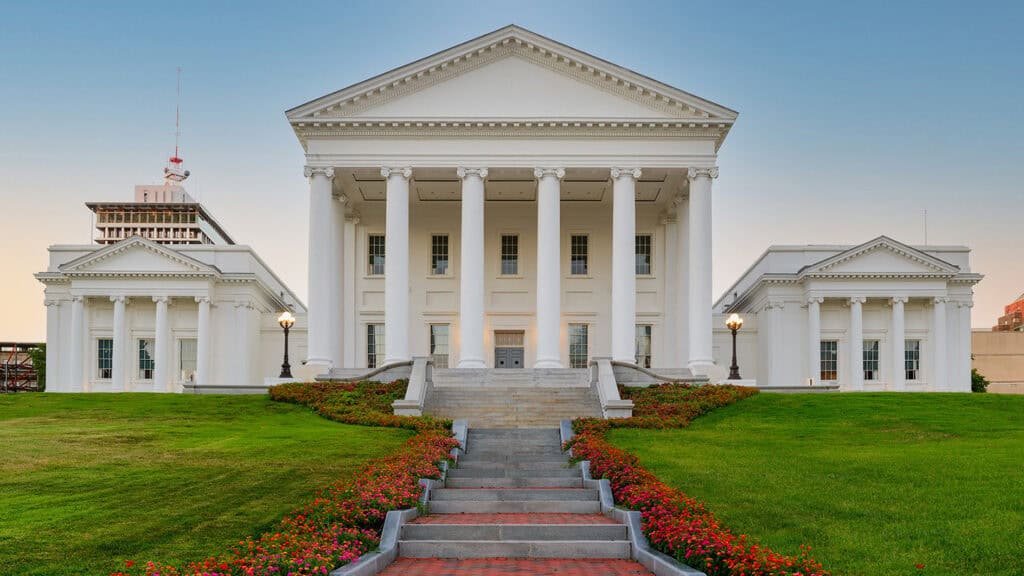
Are you enchanted by the timeless elegance and order of Neoclassical architecture? If you love design, or are a pro, you’re in the right place. This is a guide to an influential architectural style.
At Landmarks Architects, we recognize the profound impact that the Neoclassical movement has had on both historical preservation and contemporary design. This article will explore the key elements of Neoclassical architecture. It will show how these features create its beauty and symmetry.
In this article, we will explore:
- The role of columns and pilasters in establishing architectural grandeur
- The significance of pediments in enhancing structural aesthetics
- The importance of symmetry and proportion in creating harmonious designs
- The influence of porticos and portals in framing grand entrances
- The impact of decorative elements on visual and stylistic appeal
- The use of classical forms and façades to achieve timeless beauty
Ready to explore the foundational elements of Neoclassical architecture? Read on to see how these components can elevate your grasp of this classical style.
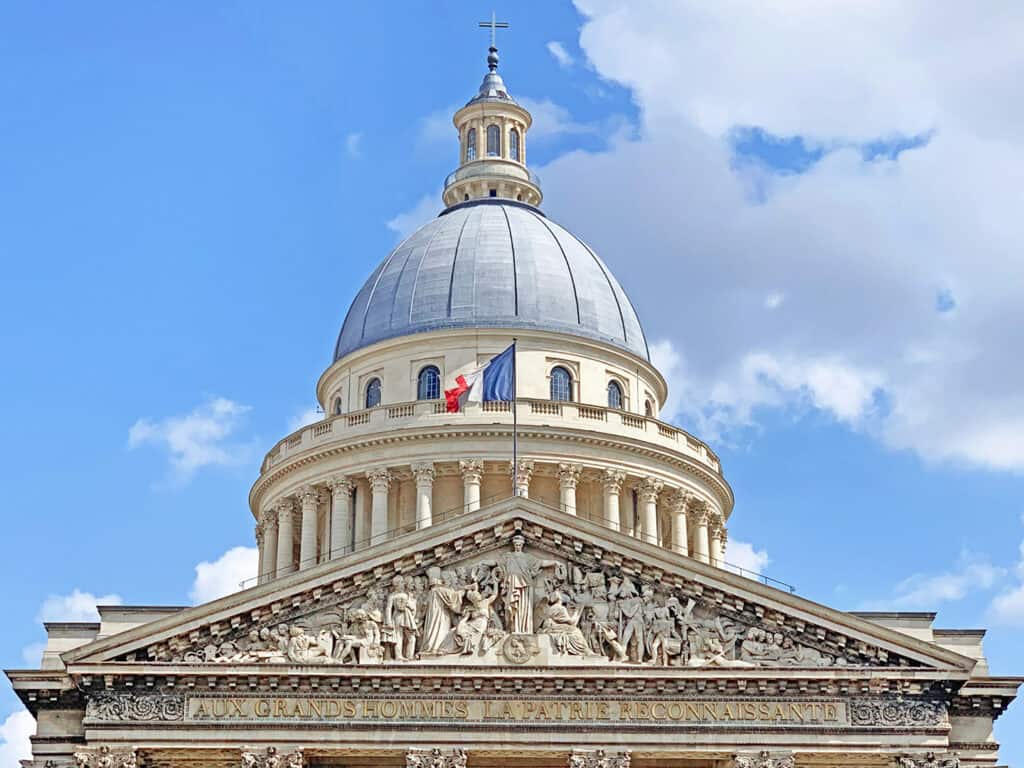
1. Columns and Pilasters
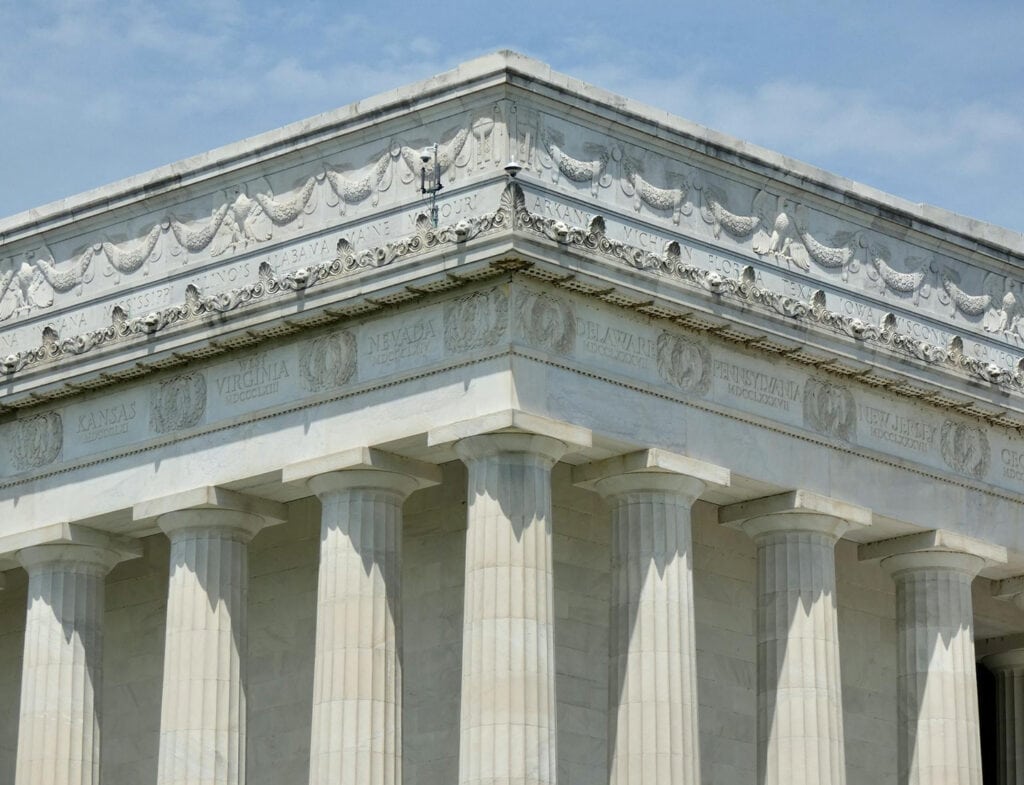
Columns and pilasters are essential components of Neoclassical architecture, embodying grandeur and symmetry. Their importance comes from the classical orders. They provide a design and aesthetic framework.
Three primary types of columns define Neoclassical architecture:
- Doric columns: Stout and unadorned, representing strength.
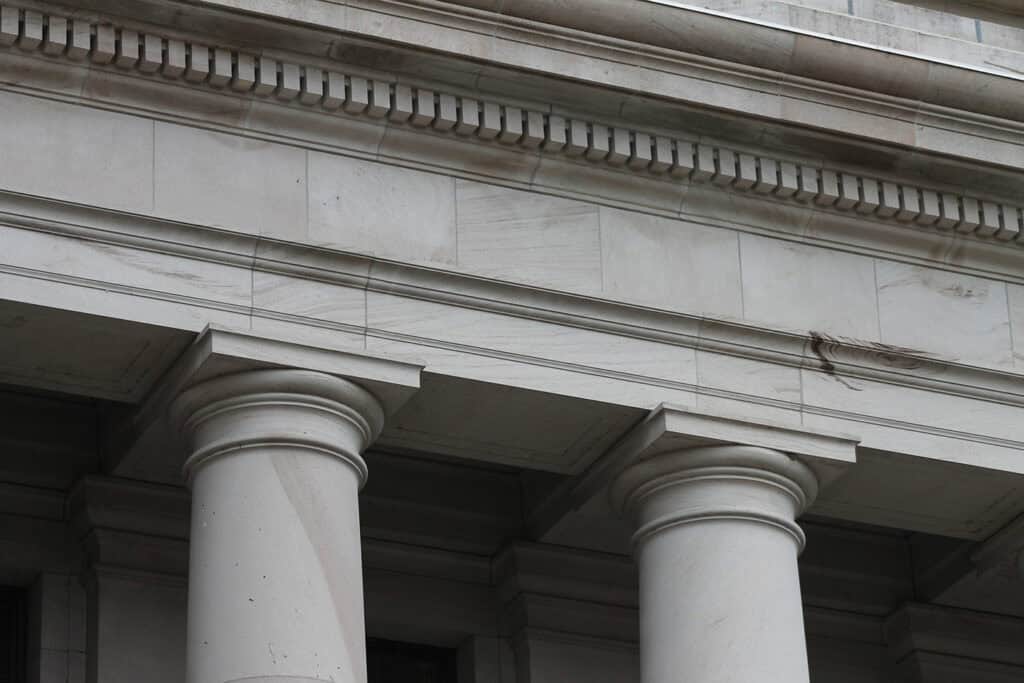
- Ionic columns: Slender and often embellished with scroll-like volutes.
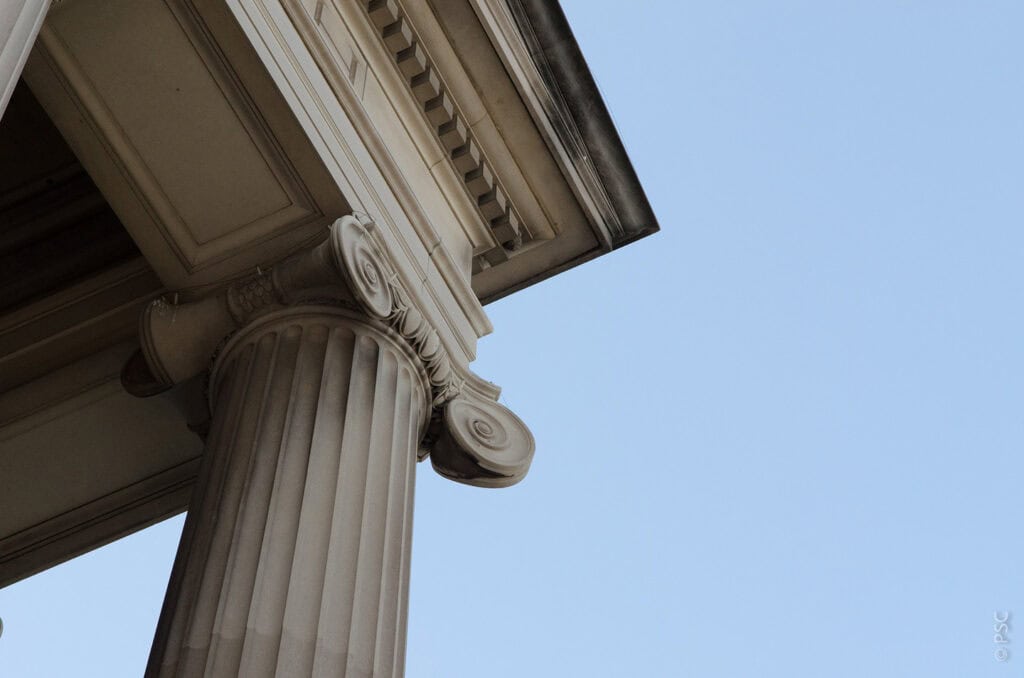
- Corinthian columns: The most ornate, showcasing elaborate capitals decorated with acanthus leaves.
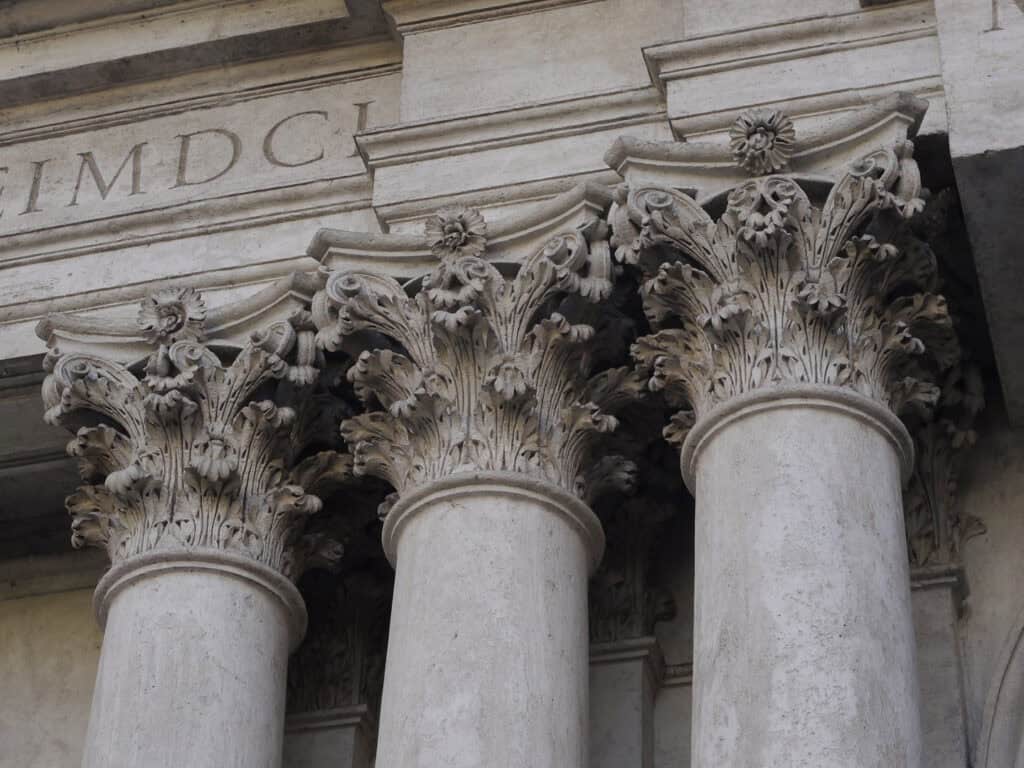
Examples:
- White House: Features Ionic columns on the exterior.
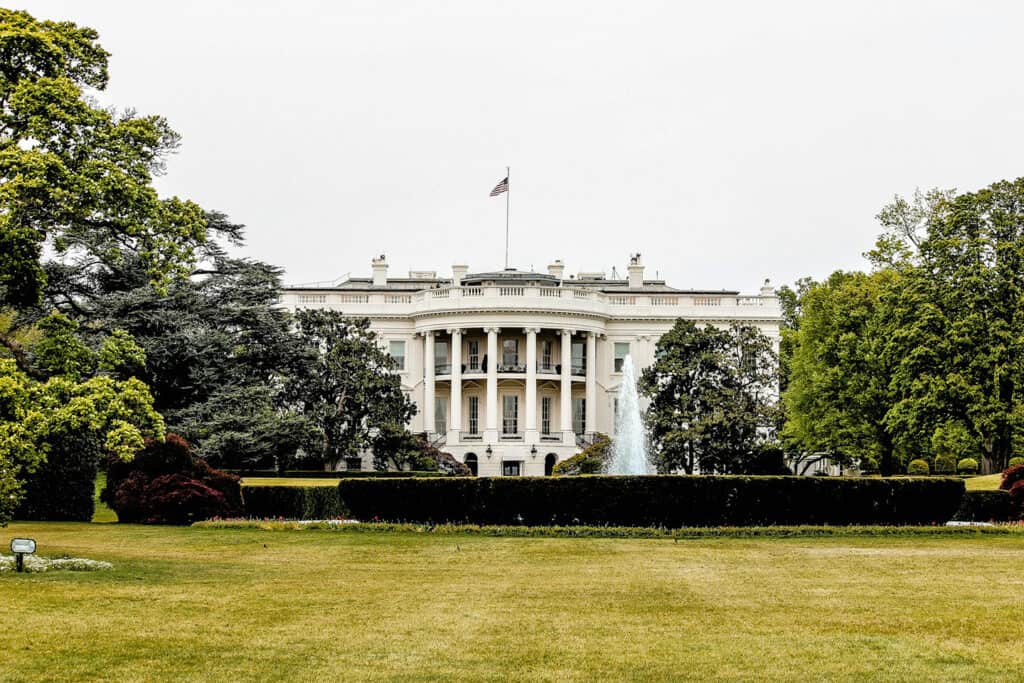
- United States Capitol: It has Doric columns below and Ionic columns above.

See also Interior Columns Design: 10 Ideas to Create Distinctive Spaces
2. Pediments
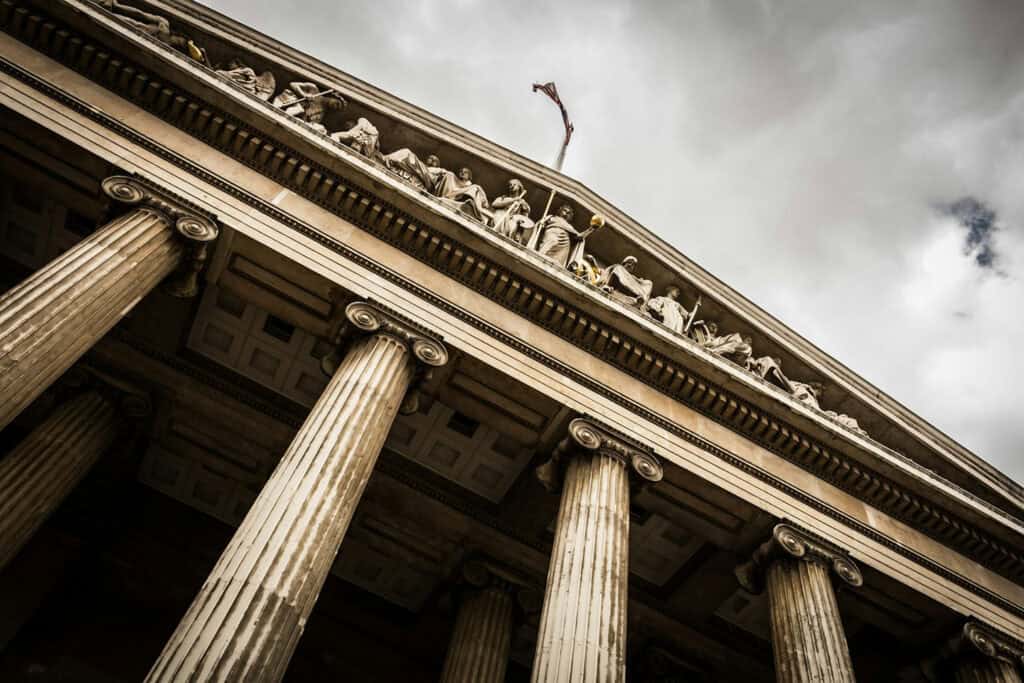
Pediments are key features in Neoclassical design, positioned above entrances and windows. They serve both aesthetic and structural purposes. They often showcase intricate designs that reflect classical themes.
Pediments can have sculptures, like figures or reliefs. They should reflect themes from mythology, history, or allegory. Pediments are key to neoclassical and Roman architecture. They symbolize permanence and stability.
Examples:
- Prado Museum: Exhibits Neoclassical style with a beautifully designed pediment.

- British Museum: Features a prominent triangular pediment adorned with dynamic sculptures.
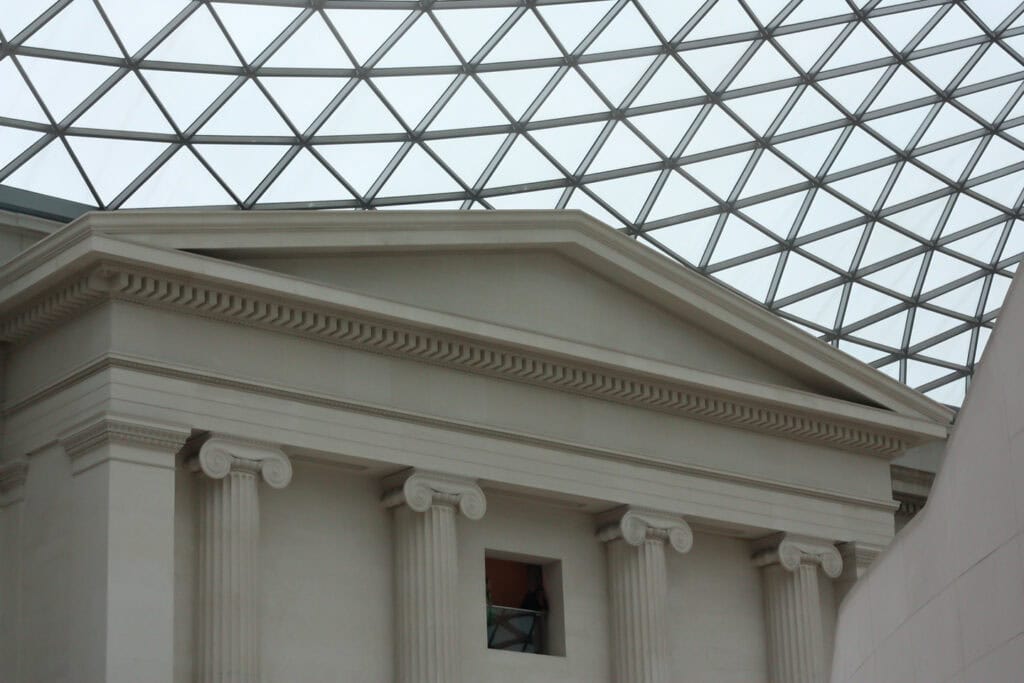
3. Symmetry and Proportion
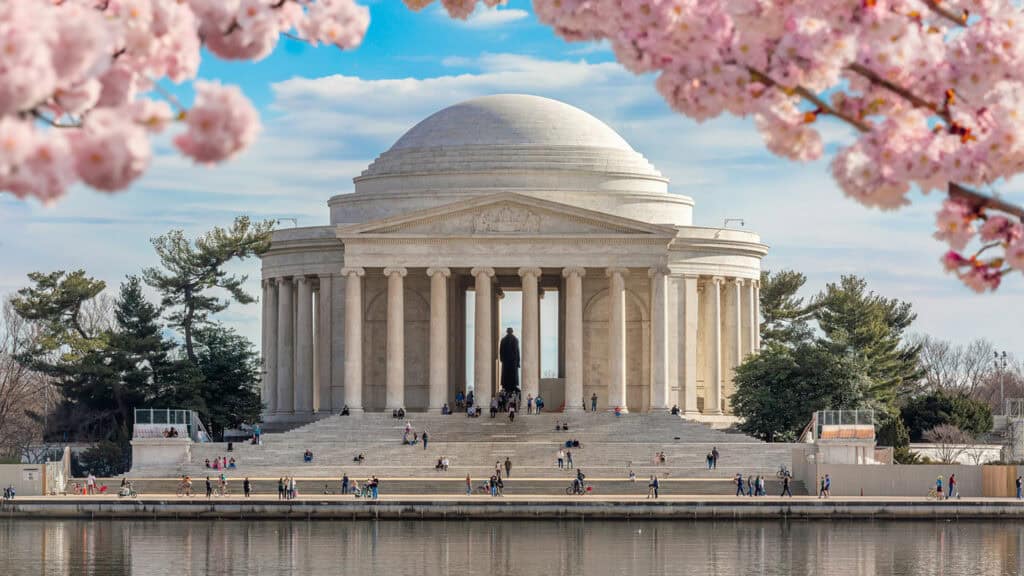
Symmetry and proportion are fundamental to Neoclassical architecture, rooted in classical antiquity. This design employs grids derived from classical proportions, ensuring harmonious and inviting spaces.
Examples:
- Rotunda of the University of Virginia: Reflects classical ideals in its proportions.
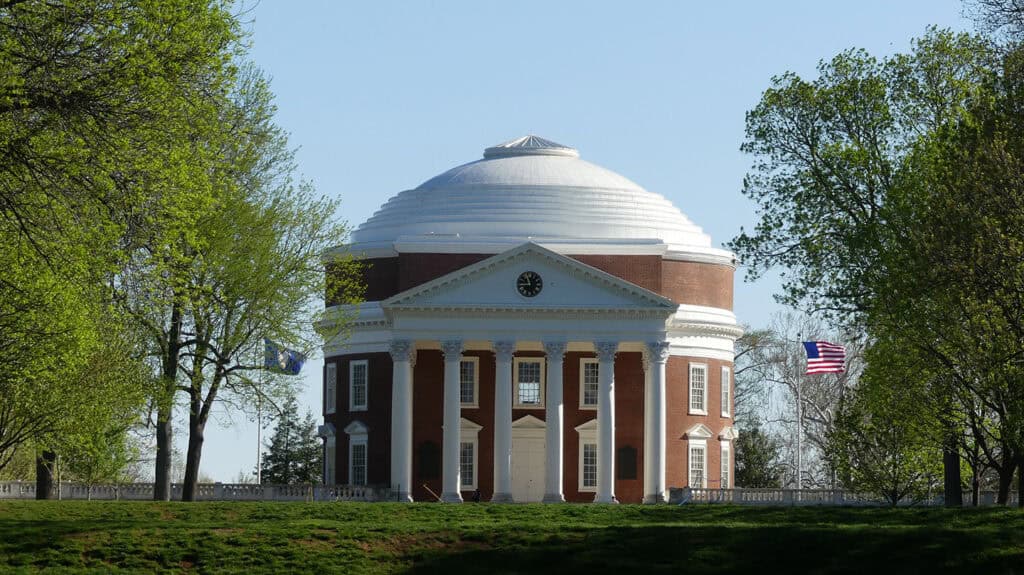
- Jefferson Memorial: Evokes classical revival architecture with its symmetrical design.
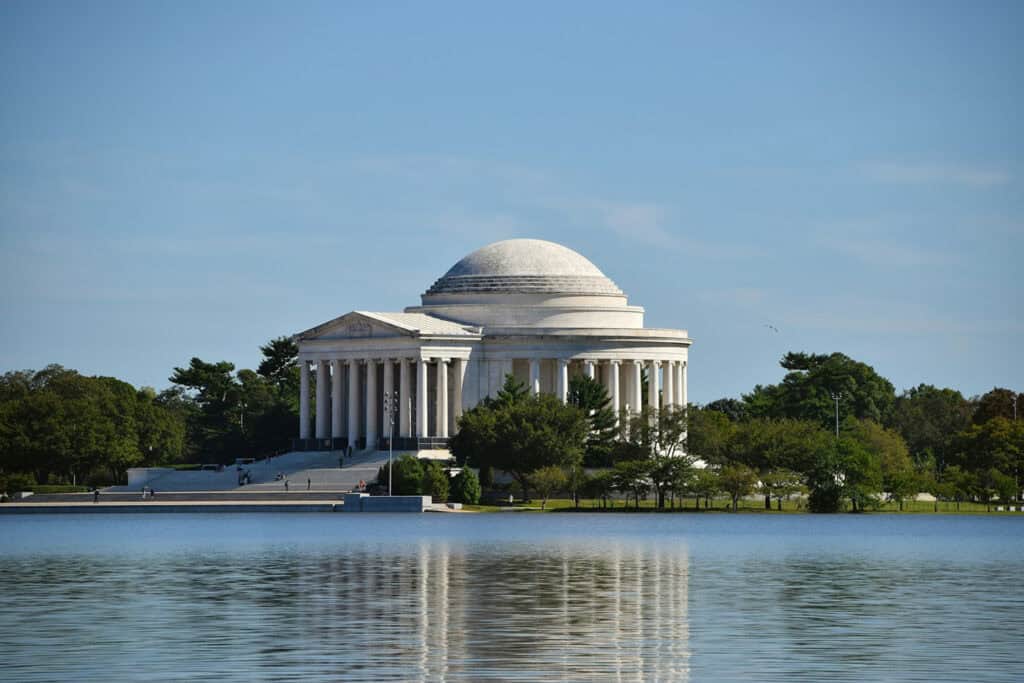
4. Porticos and Portals

A portico is a roofed structure supported by columns, integral to Neoclassical entrances. Often using Corinthian columns, porticos emphasize grandeur influenced by ancient Greece and Rome.
Examples:
- Lincoln Memorial: Features a grand portico with 36 Doric columns.
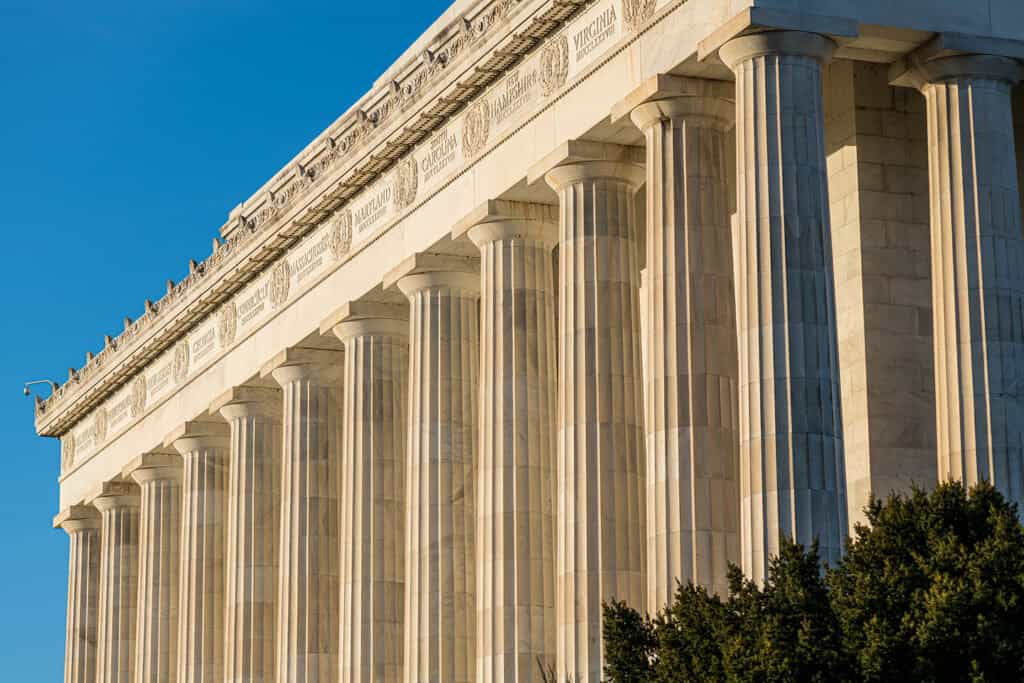
- Virginia State Capitol: Showcases classical portal design.
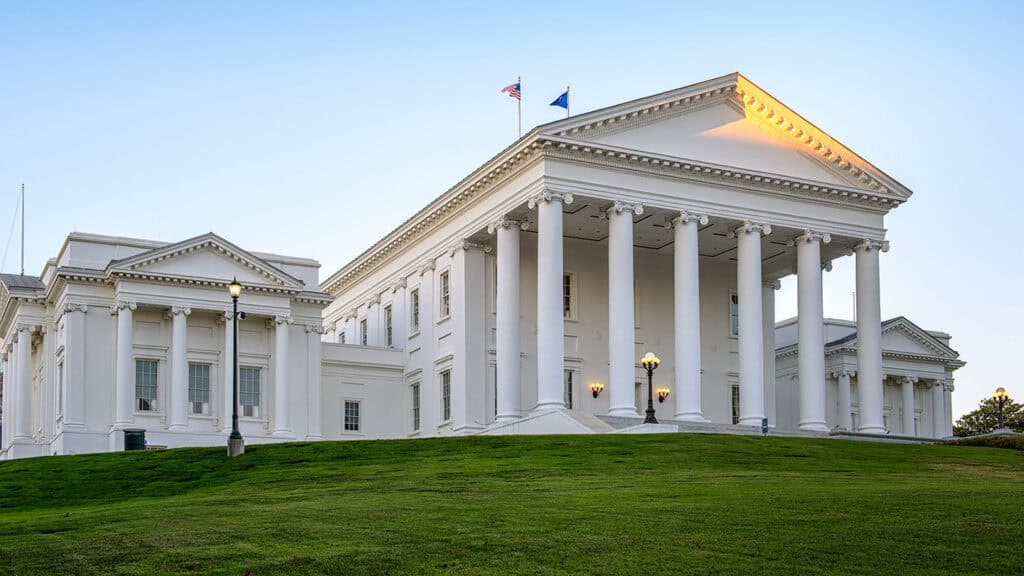
5. Decorative Elements
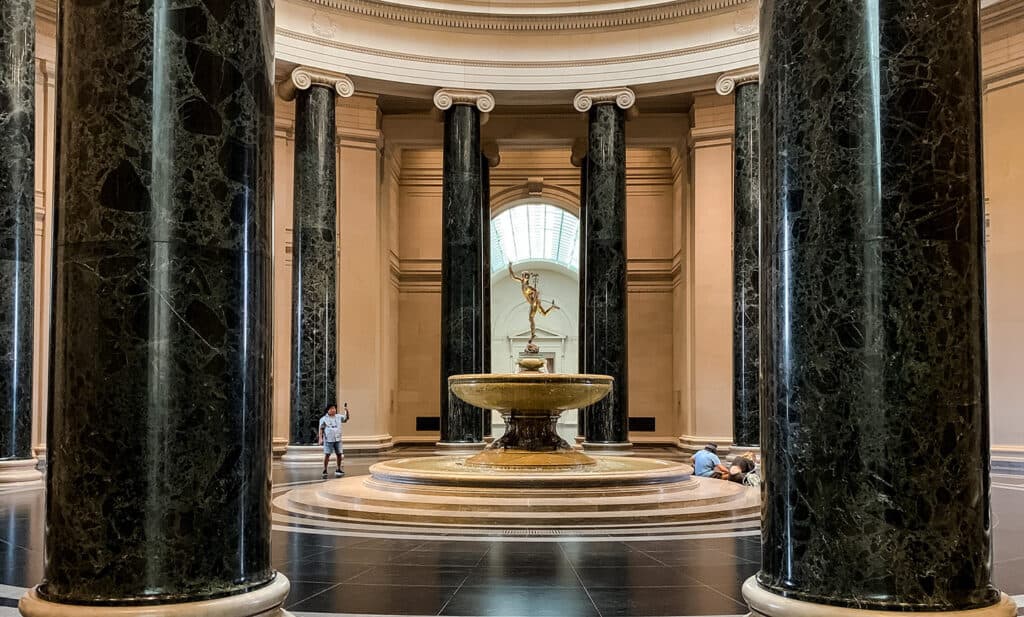
Decorative elements are crucial in defining the character of Neoclassical architecture. They include:
- Friezes: Displaying intricate reliefs or sculptures.
- Moldings: Adding dimension and continuity.
- Cornices: Providing a finished look along the roofline.
Examples:
- Neue Wache: Boasts sculptural decorations appropriate for its role as a memorial.
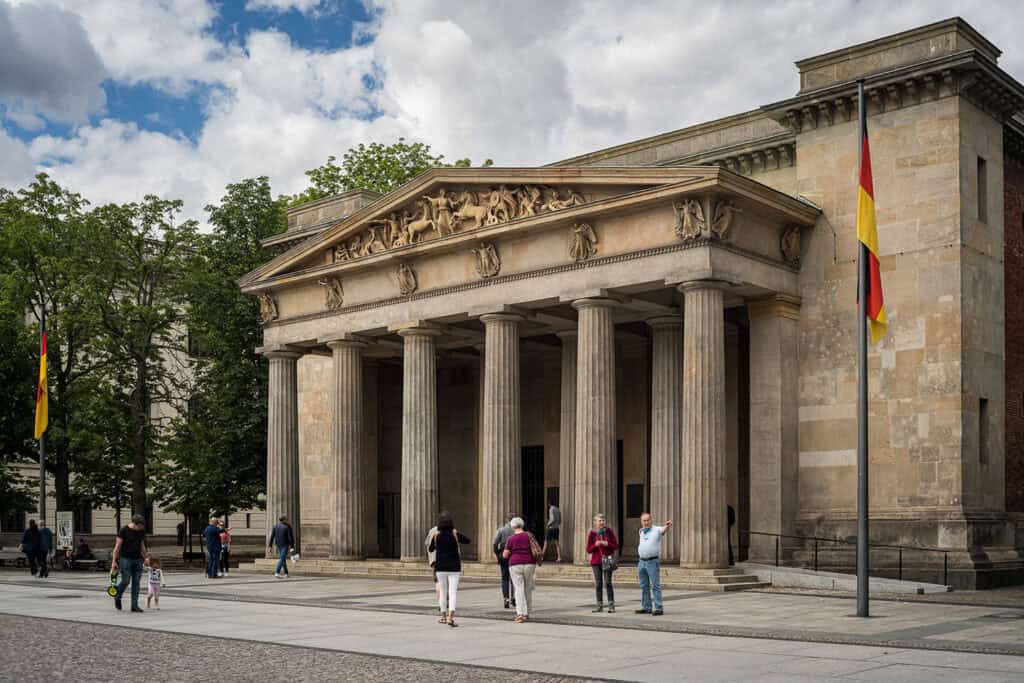
- National Gallery of Art: Features classical decorative elements, enhancing its monumental character.
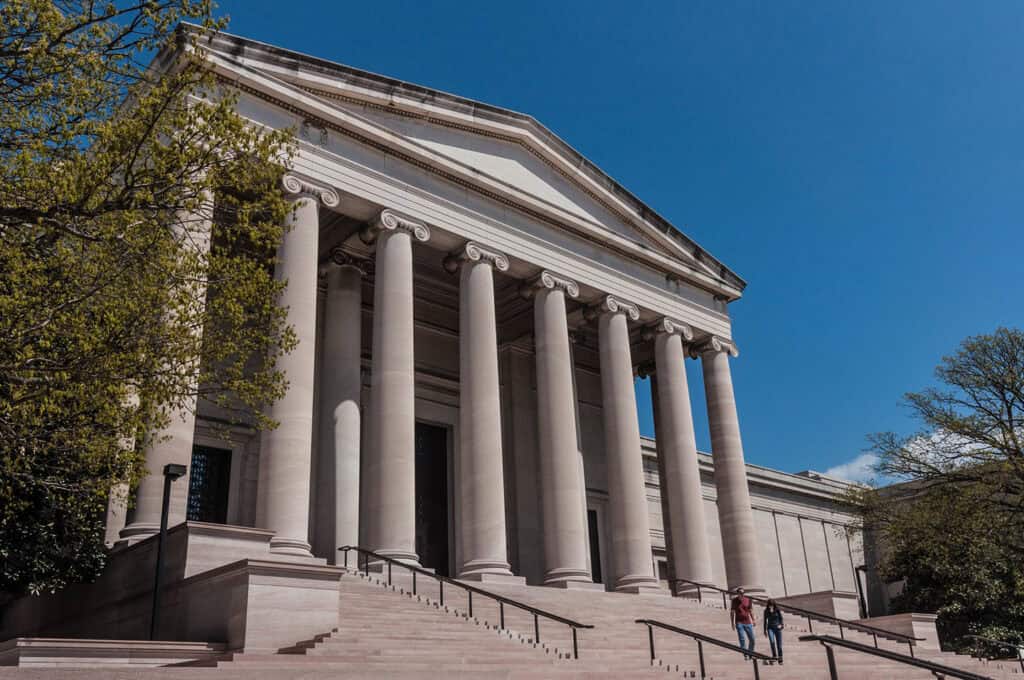
6. Classical Forms and Facades

Neoclassical architecture prominently features classical forms such as flat roofs and grand columns. The façades embody grandeur and symmetry, reflecting ancient Greek and Roman ideals.
Examples:
- Capitol Building, Washington, D.C.: It has a Neoclassical design, with a dome and classical orders.
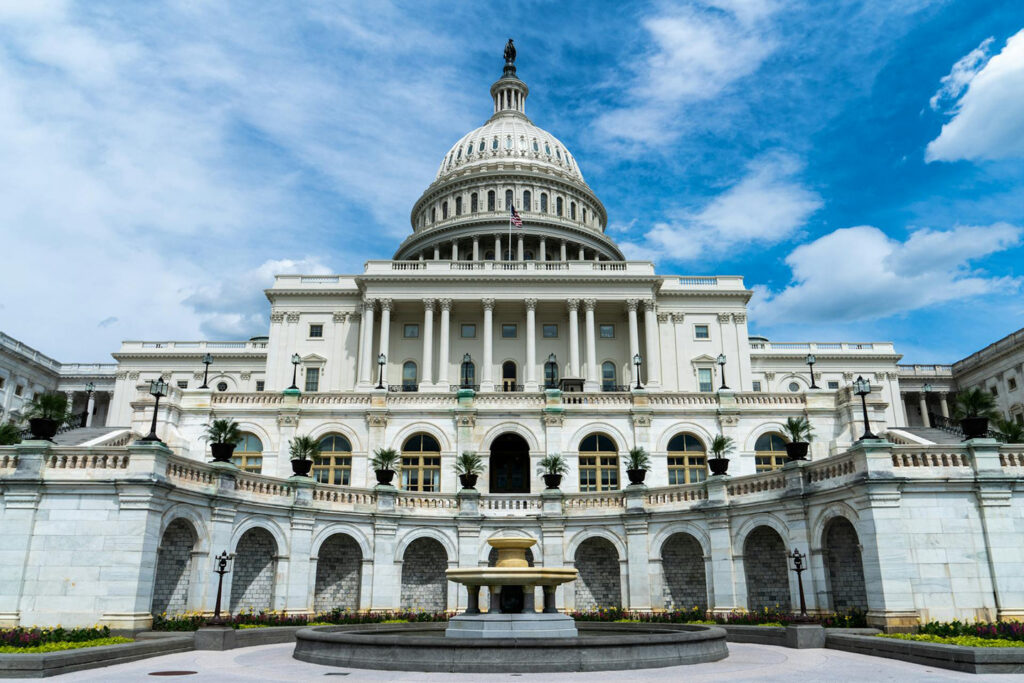
- Pantheon, Paris: The Pantheon in Paris has a Neoclassical façade. It has a portico and Corinthian columns, reflecting classical elements.
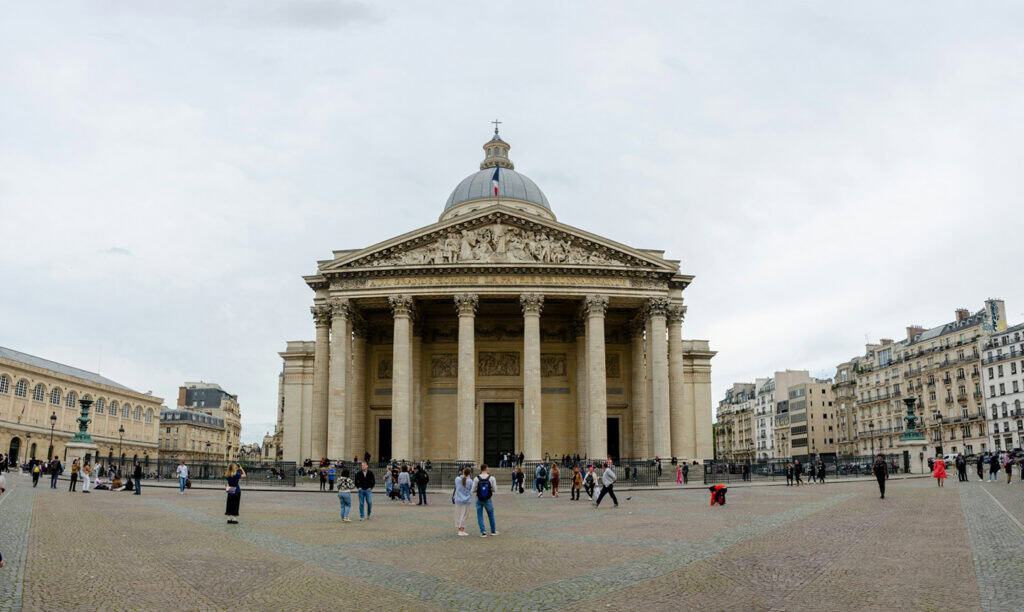
What Are the Elements of Neoclassical Architecture? A Recap

Neoclassical architecture is a lasting, influential style. It draws inspiration from the grandeur and symmetry of classical architecture.
This style’s legacy is clear in many famous works. famous examples are the Pantheon in Paris and the Lincoln Memorial. These neoclassical buildings symbolize balance, order, and beauty. Their use of columns, pediments, and decorations defines their style.
These iconic neoclassical structures show that classical principles still inspire modern design. They reaffirm the timelessness of neoclassical architectural styles.










